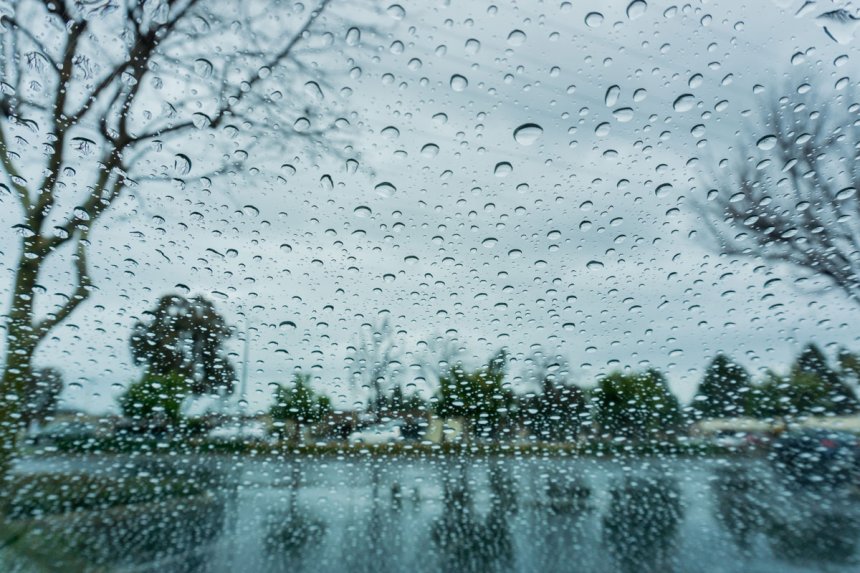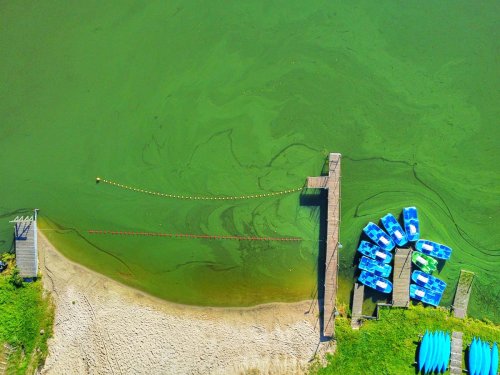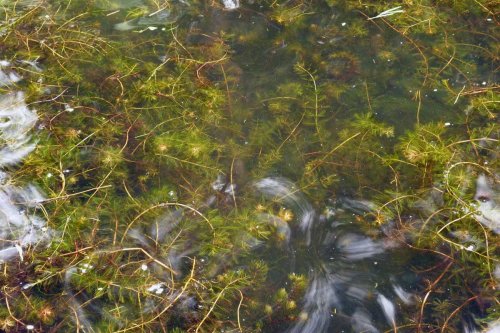The History of MS4 Regulations: Why They Matter Today
The history of MS4 regulations reflects a growing commitment to protecting water resources from stormwater pollution. From their origins in the Clean Water Act to today’s evolving policies, MS4 programs have become essential tools for safeguarding environmental and public health. As urban landscapes continue to expand, adherence to and enhancement of MS4 regulations will remain crucial in ensuring cleaner, healthier waterways for future generations.

Stormwater management plays a crucial role in protecting our water resources from pollution and degradation. One of the key regulatory frameworks guiding stormwater control in the United States is the Municipal Separate Storm Sewer System (MS4) program. MS4 regulations were developed to mitigate the impact of stormwater runoff on local waterways, ensuring the health of aquatic ecosystems and safeguarding public water supplies. Understanding the history of MS4 regulations helps us appreciate their importance and ongoing evolution.
The Origins of MS4 Regulations
The roots of MS4 regulations can be traced back to the Clean Water Act (CWA) of 1972, which aimed to reduce water pollution by controlling point and nonpoint sources of contamination. The CWA established the National Pollutant Discharge Elimination System (NPDES), a permitting program that regulated industrial and municipal discharges into U.S. waters.
During the 1980s, increased urbanization led to a growing recognition that stormwater runoff carried significant amounts of pollutants—such as heavy metals, oil, grease, pesticides, and sediment—into rivers, lakes, and oceans. Unlike wastewater treatment plants, stormwater drainage systems often discharged untreated runoff directly into natural water bodies. This realization prompted the U.S. Environmental Protection Agency (EPA) to develop more targeted stormwater management regulations.
The Introduction of the MS4 Program
In response to rising concerns, the EPA introduced Phase I of the MS4 Program in 1990 under the NPDES framework. This initial phase required large municipalities (with populations of 100,000 or more) to implement comprehensive stormwater management programs aimed at reducing pollutant discharges. These programs included measures for public education, illicit discharge detection, construction site runoff control, and post-construction stormwater management.
Recognizing that smaller municipalities also contributed to stormwater pollution, the EPA expanded the program in 1999 with Phase II of the MS4 Program. This phase extended requirements to smaller urbanized areas, typically those with populations between 10,000 and 100,000. Under Phase II, municipalities were required to develop stormwater management plans incorporating six minimum control measures:
Public Education and Outreach – Informing communities about stormwater impacts.
Public Involvement and Participation – Encouraging community engagement in stormwater initiatives.
Illicit Discharge Detection and Elimination (IDDE) – Identifying and addressing unauthorized discharges.
Construction Site Runoff Control – Implementing erosion and sediment control measures.
Post-Construction Stormwater Management – Ensuring long-term stormwater quality solutions for new developments.
Pollution Prevention and Good Housekeeping – Promoting best practices for municipal operations.
Why MS4 Regulations Matter Today
MS4 regulations remain critically important in the modern era as urbanization, climate change, and pollution concerns continue to escalate. Here’s why these regulations matter now more than ever:
Protecting Water Quality – MS4 programs help reduce pollutants that degrade drinking water sources, harm aquatic life, and impair recreational waters.
Preventing Flooding and Erosion – By managing stormwater flow, municipalities can mitigate flooding and erosion, protecting property and infrastructure.
Addressing Climate Change Challenges – More frequent and intense storms due to climate change increase runoff volume. MS4 programs help communities adapt by implementing resilient stormwater management practices.
Regulatory Compliance and Avoiding Penalties – Municipalities that fail to comply with MS4 regulations risk legal actions and financial penalties from regulatory agencies.
Encouraging Sustainable Development – MS4 programs promote green infrastructure solutions, such as rain gardens, permeable pavements, and vegetated swales, fostering sustainable urban planning.
The Future of MS4 Regulations
Looking ahead, MS4 regulations will continue to evolve as environmental challenges and technological advancements shape stormwater management practices. Increased integration of smart stormwater technology, data-driven monitoring, and enhanced public-private partnerships will play a key role in improving compliance and effectiveness. Additionally, as federal and state agencies strengthen enforcement, municipalities will need to adopt more proactive strategies to meet regulatory expectations.
The history of MS4 regulations reflects a growing commitment to protecting water resources from stormwater pollution. From their origins in the Clean Water Act to today’s evolving policies, MS4 programs have become essential tools for safeguarding environmental and public health. As urban landscapes continue to expand, adherence to and enhancement of MS4 regulations will remain crucial in ensuring cleaner, healthier waterways for future generations.


















